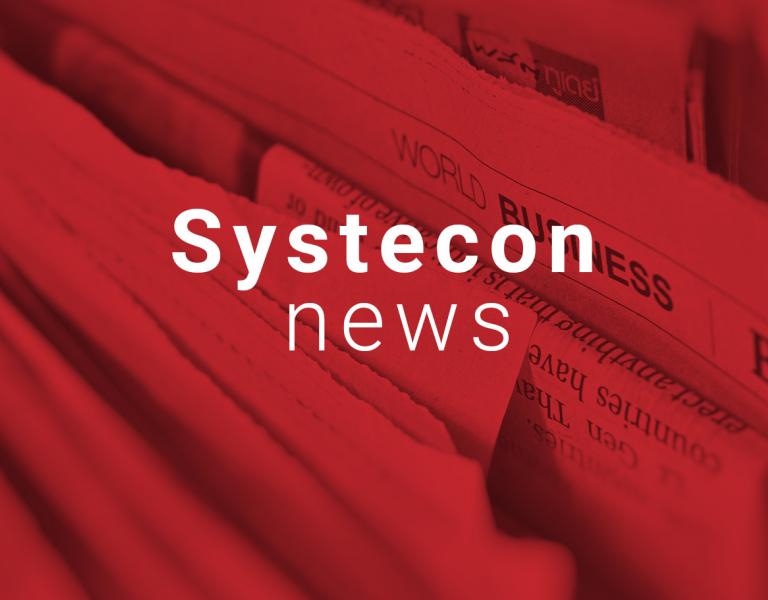
Life Cycle Cost is of growing importance in procurement projects
"When it comes to large mission-critical investments, it has always been obvious to me that a major effort must be made to see beyond the actual purchase. We must also understand and evaluate what it will mean to own, use and maintain the investment during an extended period of time. Read more about my thoughts on LCC and more here." Robert Hell, President Systecon

In January, when I attended the Folk och Försvar’s (Society and Defence) Annual National Conference in Sälen, it was made clear by both politicians and high-level defense representatives that the Swedish defense is in serious need of more resources.
Media has highlighted the Supreme Commander’s statement that his highest priority is to strengthen the so-called ”basic platform” in the armed forces to enable military units to function with the right operational capability and availability. To accomplish this in a cost-effective way demands, in my view, a systematic and analytic approach within the area of defense logistics. The best way to identify the resources that would deliver the most impact per invested dollar is by modeling the military units and their equipment and simulating their planned operational scenarios. Opus Suite is today the leading tool to perform this type of analysis and I hope that the increased interest in defense capabilities will enable decision-makers at different levels to envision the full potential in adapting systematic analytical activities as a foundation for making better informed decisions.
At the end of January, I also participated as a lecturer at the Procurements Days. This is Sweden’s largest annual conference and meeting place within Swedish and European public procurements. This year the conference attracted about 700 participants, mostly from all of Sweden’s procurement authorities. My lecture dealt with “how to select a proposal that will result in the best possible benefit for the community.” My interpretation of that was how to select the proposal that in the best way fulfilled a defined need at the lowest possible total cost of ownership for society over the duration of the investment’s lifetime. You can safely assume that I spoke about LCC procurement, and as well as theories I exemplified from our work with the Stockholm County Council and how we supported them to perform a complete LCC procurement of the new model C30 metro trains.
Concerning large mission-critical investments it’s become obvious to me that a bigger effort must be made to see beyond the actual purchase. We must also understand and evaluate what it will mean to own, use and maintain the investment during an extended period of time. Nevertheless, it is surprisingly seldom that I come across really good procurement projects in which LCC is allowed to be the primary evaluation criterion, and where all necessary processes and guarantees from suppliers are secured in the contract.
For this reason, I think it’s gratifying that the new EU directives under implementation make it clear that “cost” (defined in the directive as Life Cycle Cost) is one of the principle evaluation criteria. The EU’s magistrate, Claudio Romanini, even illustrated this with a simple LCC tree diagram in his presentation during the conference. Of course, it remains to be seen what happens in reality, but it certainly doesn’t feel that the level of interest in LCC will decline. The new version of the Swedish legislation is expected to be implemented in April 2016 at the latest.
In our latest newsletter, we wrote about the new version of Opus Suite that we just released. The largest development this time was primarily a more general and complete LORA functionality. For many, the LORA concept might not be entirely obvious, or perhaps it’s associated with old military standards. Rather, what we offer in Opus Suite is a more general optimization of the entire maintenance concept for a system; in other words, where should different components be maintained and which resources will be needed in different locations to be able to execute the maintenance tasks. It also defines the optimal spare parts stock for the system. It is a very general and unique approach that, in my view, is useful in many different types of projects. The new release of Opus Suite, of course, includes more enhanced functionality than just LORA.
On April 14, it will be the time for our annual Opus Suite seminar at Stockholm Waterfront Congress Centre. On this day, the new release will of course be the headliner, but we will also talk about exciting applications where an analytic approach can support decision-makers.
Another major milestone for us is that we recently established Systecon North America. This is a strategic step in line with the increased focus on the American market that we have jointly developed with our American partner. By building a common brand identity we hope to achieve faster results in by far the world’s largest defense market.
Another market where we see a lot of interest from is Brazil. Consequently, during April we will participate together with the Swedish Security and Defense Industry Association (SOFF) at the large defense exhibition LAAD in Rio de Janeiro. If you happen to be passing, drop by and talk to us at the Swedish stand.
We are also very glad to see a growing interest in Opus Suite here in the Nordic region. Both the Norwegian Defence Logistics Organization (FLO), and the Danish Defence Acquisition and Logistics Organization (FMI) have been customers for many years. We have recently signed a four-year framework agreement with FMI to deliver software and support as well as consulting services. We also hope that the major investments currently being made by the Swedish-Finnish defense cooperation will open up for many exciting new Opus Suite applications.
Robert Hell
President, Systecon AB